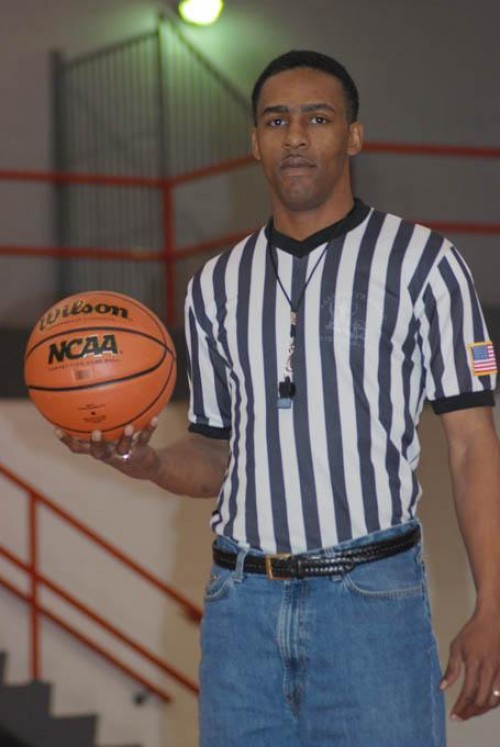
Lois Dufrene
January 7, 2008
A GOOD CALL: Alcorn satisfied about choosing life in stripes
January 9, 2008Dear Editor:
The Louisiana Highway Safety Commission has received reports from law enforcement officers in the field that many drivers are apparently unaware of actions they must take when passing an emergency vehicle that is stopped on the side of a road with lights flashing.
Louisiana law requires drivers approaching such a situation on an interstate or other multi-lane highway to slow down and safely merge into the lane farthest from where the emergency vehicle is parked. In the case of a two-lane road, the driver must slow down to 25 miles per hour or to the posted speed limit, whichever is lowest. In both cases, the driver can proceed to the posted speed limit as soon as it is safe to do so.
Often referred to as the “Move Over Law,” most states have enacted such requirements to protect officers and other emergency responders. The Louisiana law applies to all emergency vehicles on the side of a road with lights flashing.
Traffic-related incidents kill more law enforcement officers in the line of duty than any other single cause. A national study found that nearly half of officers killed in 2004 died as a result of traffic-related incidents. In Louisiana, the only State Police trooper killed in the line of duty in the past 10 years died when struck from behind by a vehicle.
Troop A in Baton Rouge has had four Troopers struck in the past two years. Two have permanent disabilities.
Whether the law enforcement officer you see on the side of the road is writing a citation or assisting a motorist, his or her job is dangerous enough without having cars and trucks whizzing by a few feet away at 70 miles per hour.
Please remember: Slow down when you approach such a situation, and safely merge into a lane away from the officer, if there is another lane going in your direction.
Col. James E. Champagne, La. Highway Safety Commission


